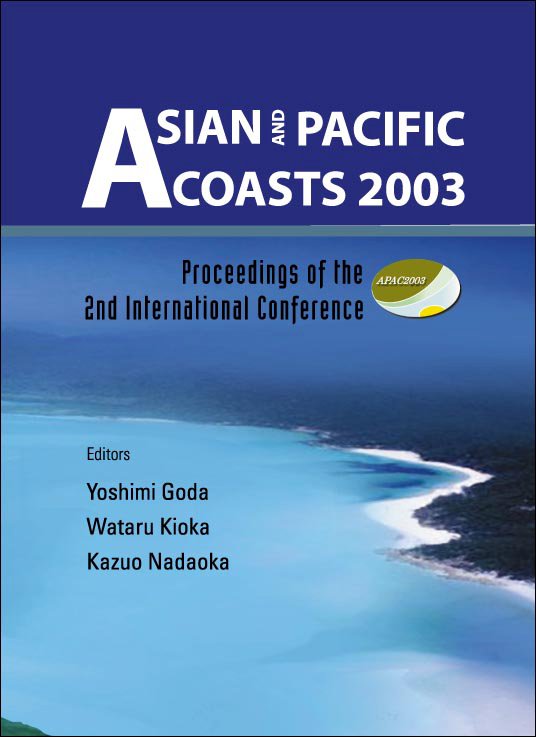STUDY ON THE EVALUATION OF TSUNAMI REDUCING OF COASTAL CONTROL FOREST FOR ACTUAL CONDITIONS
The artificial coastal barriers such as seawalls and break waves have been constructed in Japan and have played an important role in protecting the city and coastal area from natural hazards such as tsunamis, tidal waves, high waves. However, the artificial coastal barriers need high cost of the construction and maintenance, change the present environment and have forced inconvenient to use the coastal area. Therefore, the countermeasures against tsunamis by using the artificial coastal barriers are not recommended for all coastal areas. It is required that a new countermeasures corresponding to every area is considering with the combination with artificial and natural functions for more appropriate management for natural disaster reduction and keeping good environment. One of a new way is to utilize a control forest along coast. However, the quantitative and concrete functions of coastal forest to reduce tsunamis are not established and formulated, so that no guidance to use control forest is available. Additionally, in order to take the countermeasures for the mitigation of tsunami damage, it is necessary to predict the situation at the time of a tsunami attack, which considering with tsunami control forest and other coastal structures. In order to use a coastal control forest positively and effectively as countermeasures against tsunamis, it is important to evaluate the hydrodynamic effect of tsunami control forest, and to clarify a disaster prevention function further. The present paper aims to provide the concrete functions of tsunami disaster prevention by control forest from old tsunami reports and other studies, and the quantitative guidance of tsunami reduction effect from numerical simulation including the resistance of tsunami control forest.


